
China, the land of coolies and rice
China, the land of mosquitoes and lice
Where a few other things are not so nice
Where they stop a war for a holiday
Where everything is done in the opposite way
Where weddings are sad and funerals glad
China the land of stink
Where the water is not fit to drink
Where the grub gives your innards a kink
China, the land of war and strife
Where killing is done with a knife
China where a dollar will buy you a wife
That’s China
-Sgt John F. Kohn, USMC c.1928
Regardless of what you might think of Sgt Kohn ode to China, most Marines were captivated by the country and at some point during their China cruise focused their cameras on the architecture, diverse population, and local activities they encountered. Many times when I acquired a collection of photos taken by a China Marine I’ve found they recorded to some degree the local population and the wonders of China’s varied landscape. This section is dedicated to displaying some of those images documenting a China long since disappeared. Alongside the photo documentation of Peking and Shanghai Marines tried and photograph its people. Although few Marines possessed their own cameras during the early years of the twentieth century, the availability of commercially produced images bought locally allowed the average Marine to bring home a visual record of China. With the 1920’s however the affordability of the personnel camera gave many Marines the opportunity to record for themselves the day to day activities of China. When combined with organized sightseeing trips it is no surprise these private glimpses of China are found in almost all Marines albums of the era. Another point on the Marine’s relationship with the local population: through their writings and photographs you can see a number of them developed a real affection for Chinese kids. Frequently these children would follow the Marines when they marched into the countryside or at camp. In turn, the Marines would give them clothing, candy or food even at the risk of being court-martialed if caught. After World War II Marine units unofficially adopted a number of orphans, gave them uniforms and “rank”, educated and fed them.

Peking countryside, c. 1938.
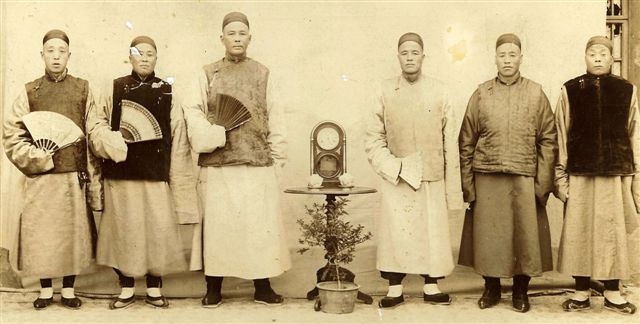
A study of six men, Peking 1901.
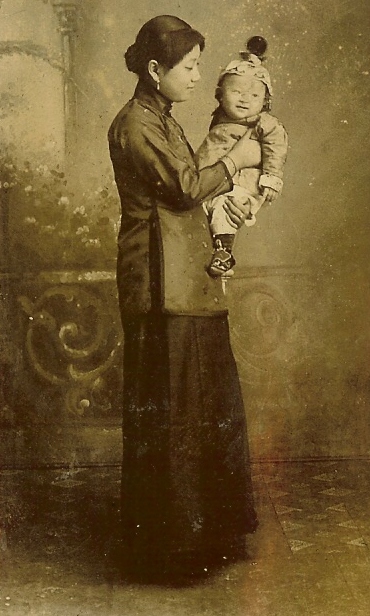
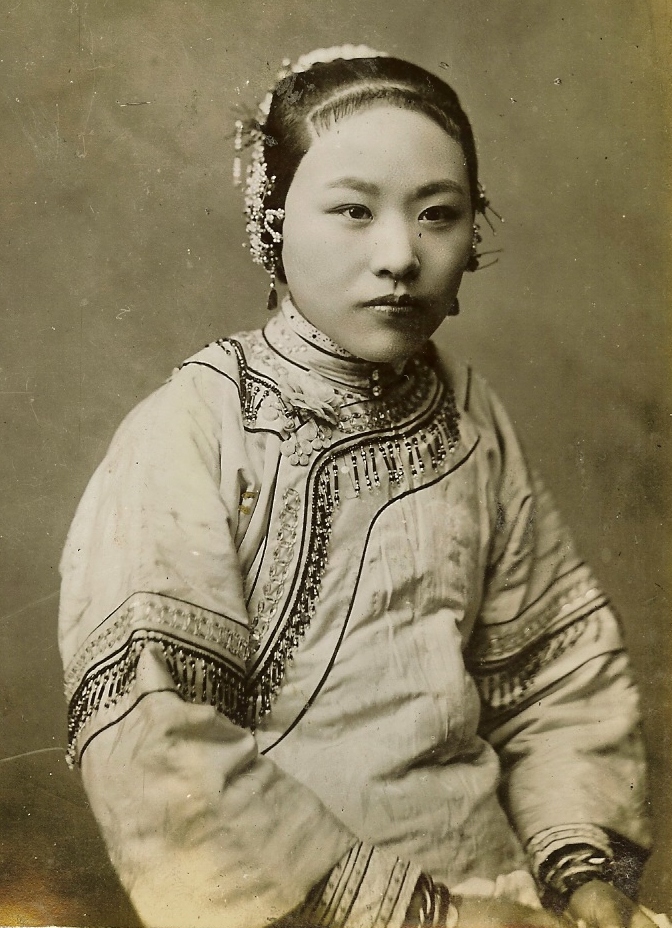

Street performer, Peking, c. 1908.
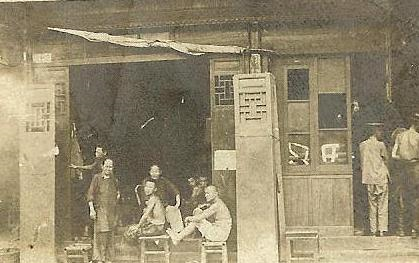
A Peking Tea House, c. 1914.
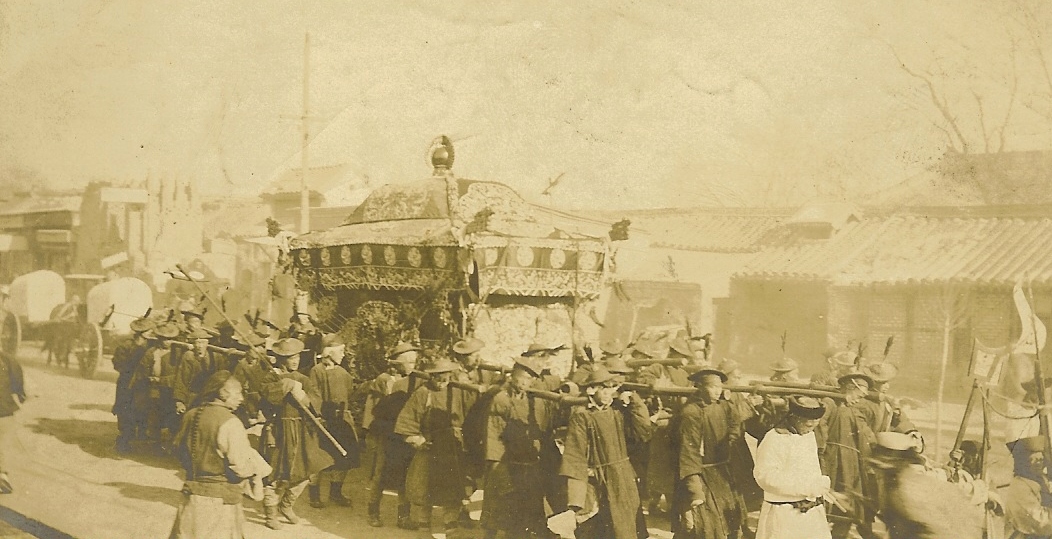
A funeral.
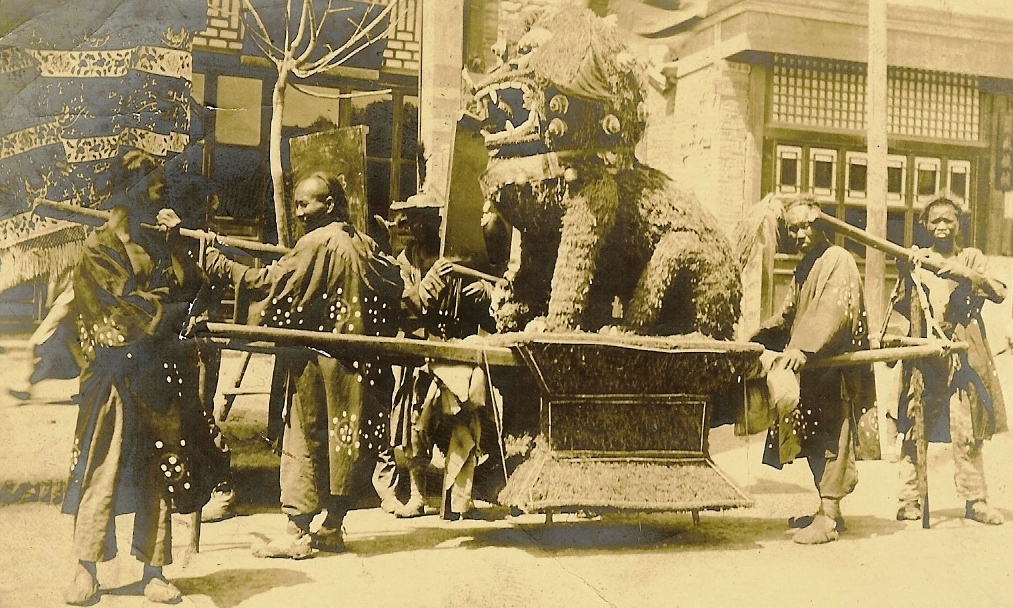
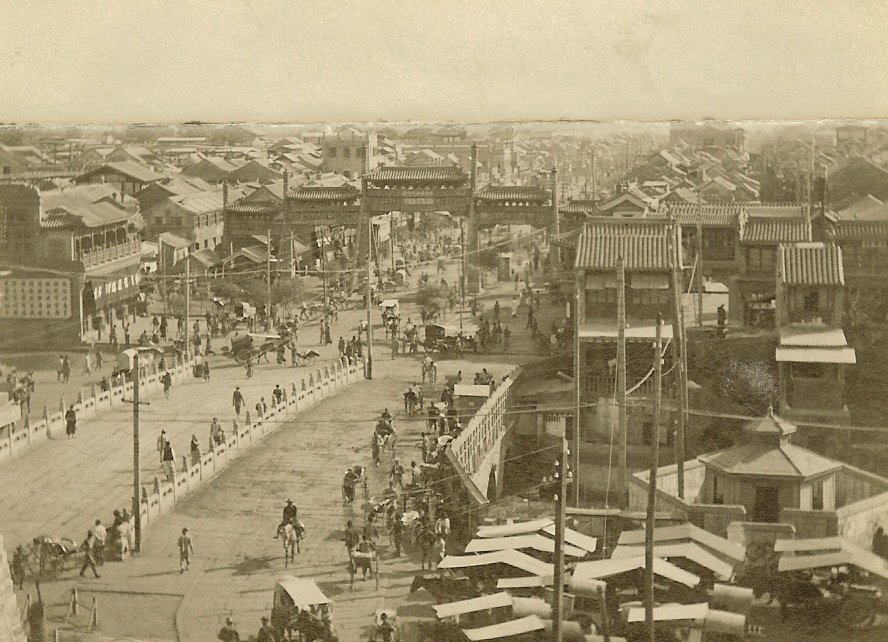
The view from the Chien Men Gate Tower.
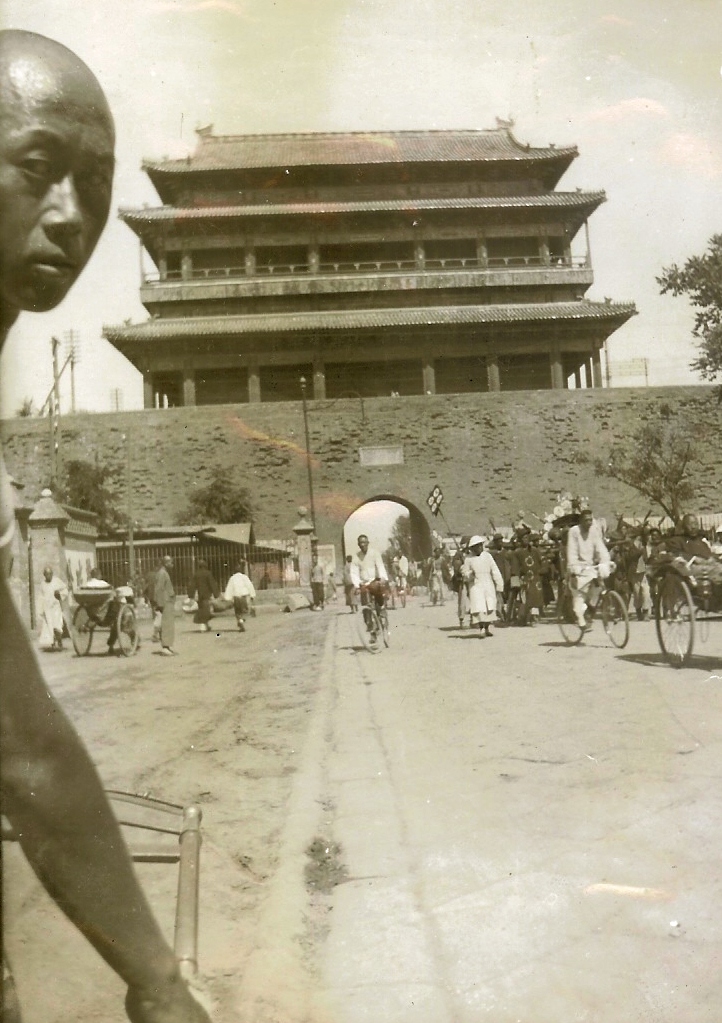
A rickshaw riders view of Peking
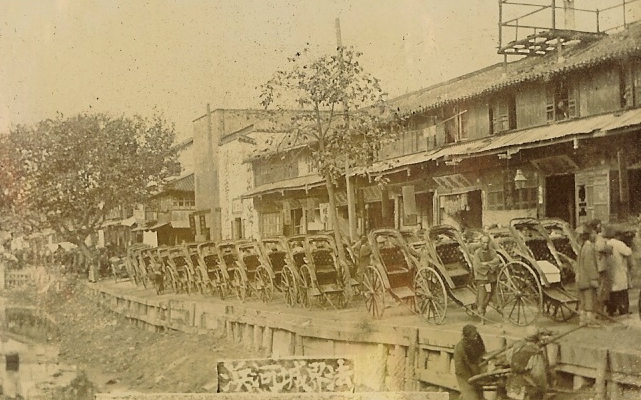
Line of rickshaws, location unknown.

Peking street scene, c. 1910.

A camel train outside of Peking

Train arriving at Peking, c.1908.
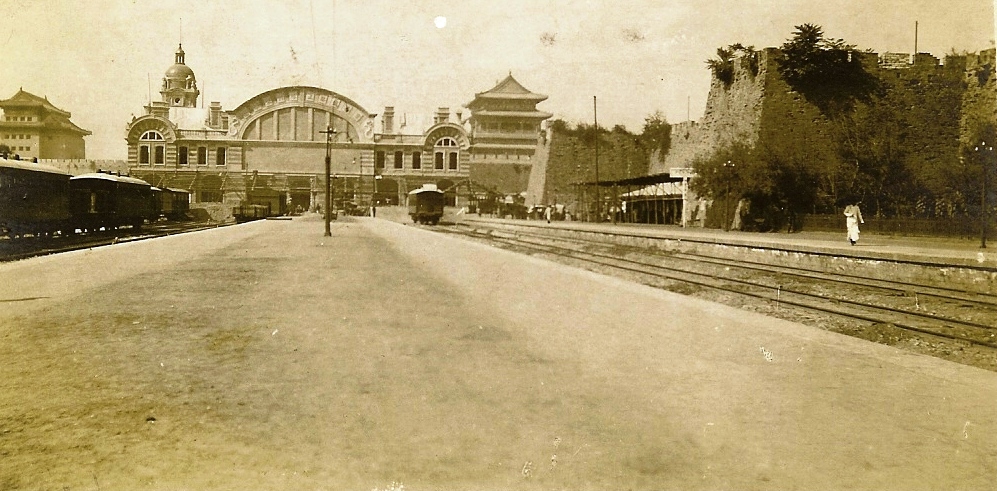
Peking Railroad Station
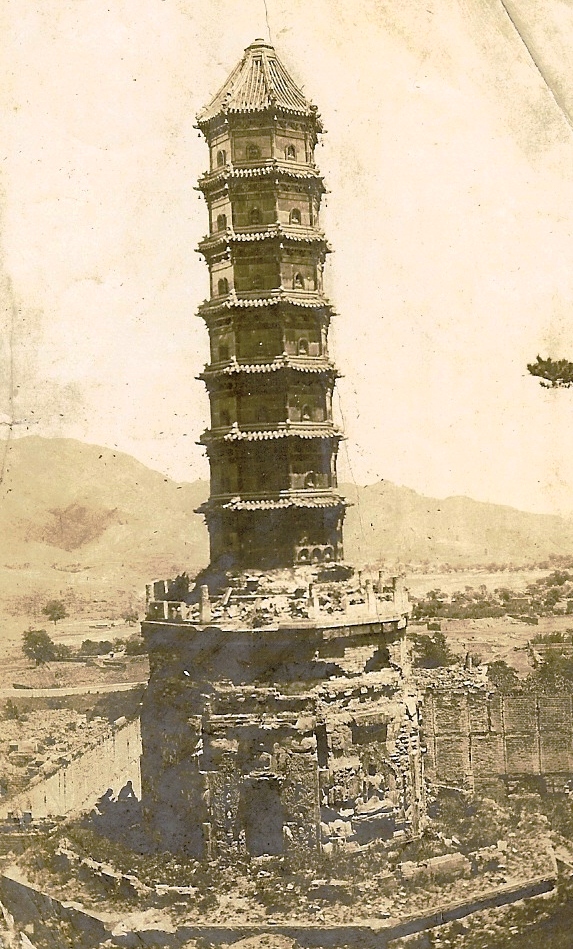
The Porcelain Pagoda, near the Summer Palace
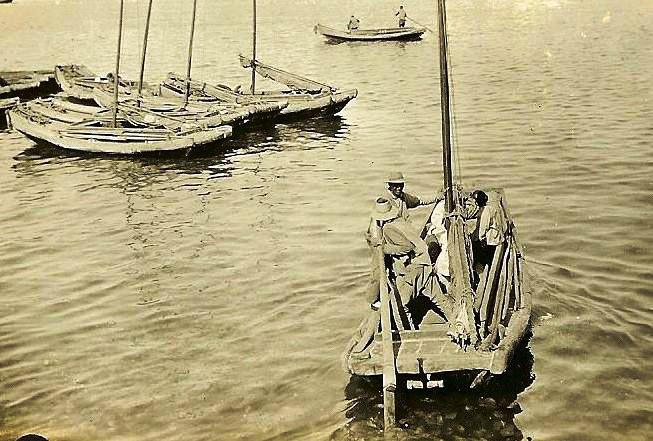
Sanpans at Chefoo
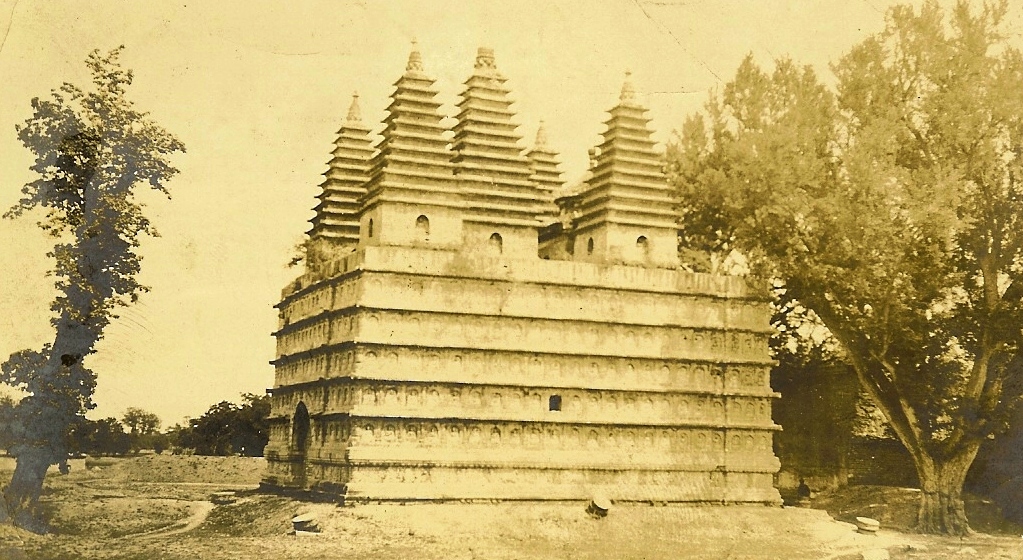
Five Tower Pagoda
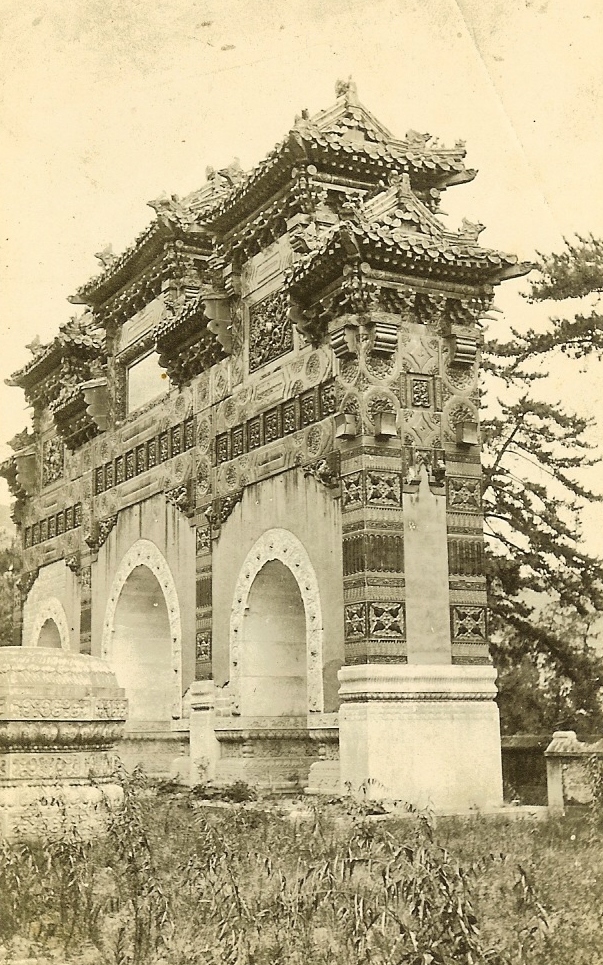
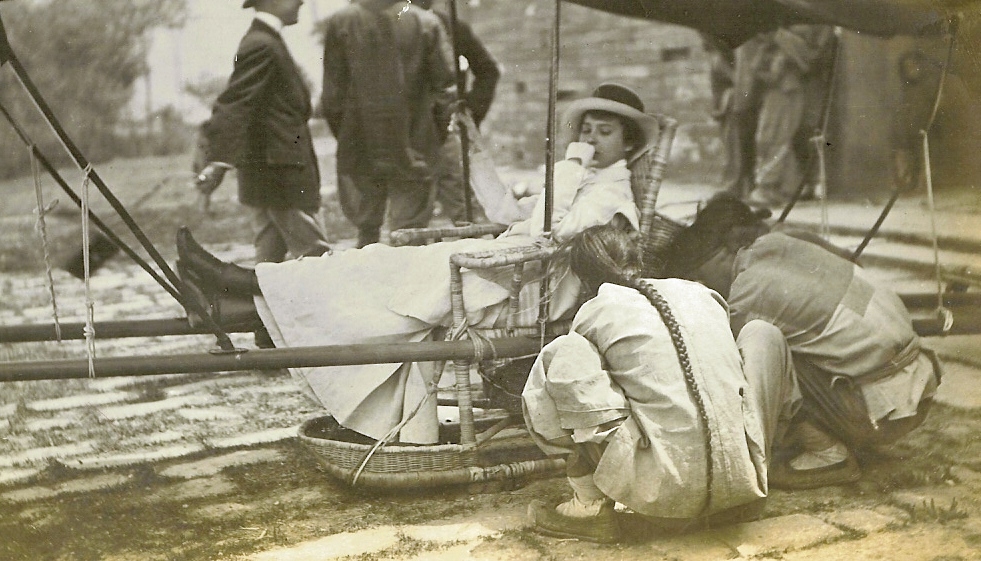
Preparing a sedan chair

Riding at the Ming Tombs
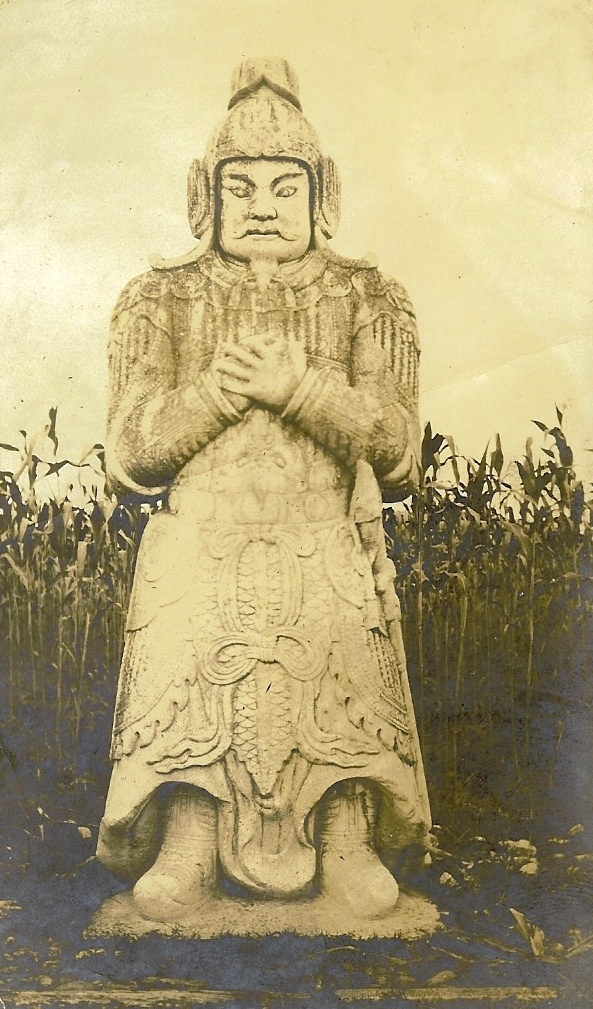
Northern Ming Tombs, c. 1908.
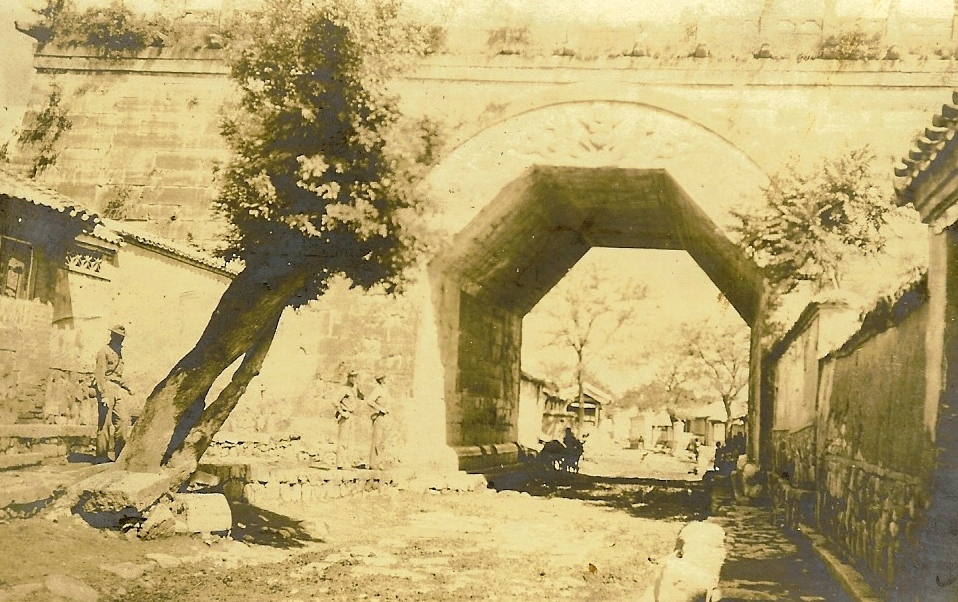
Marines at Stone Gate, Nankow Pass, c. 1908.
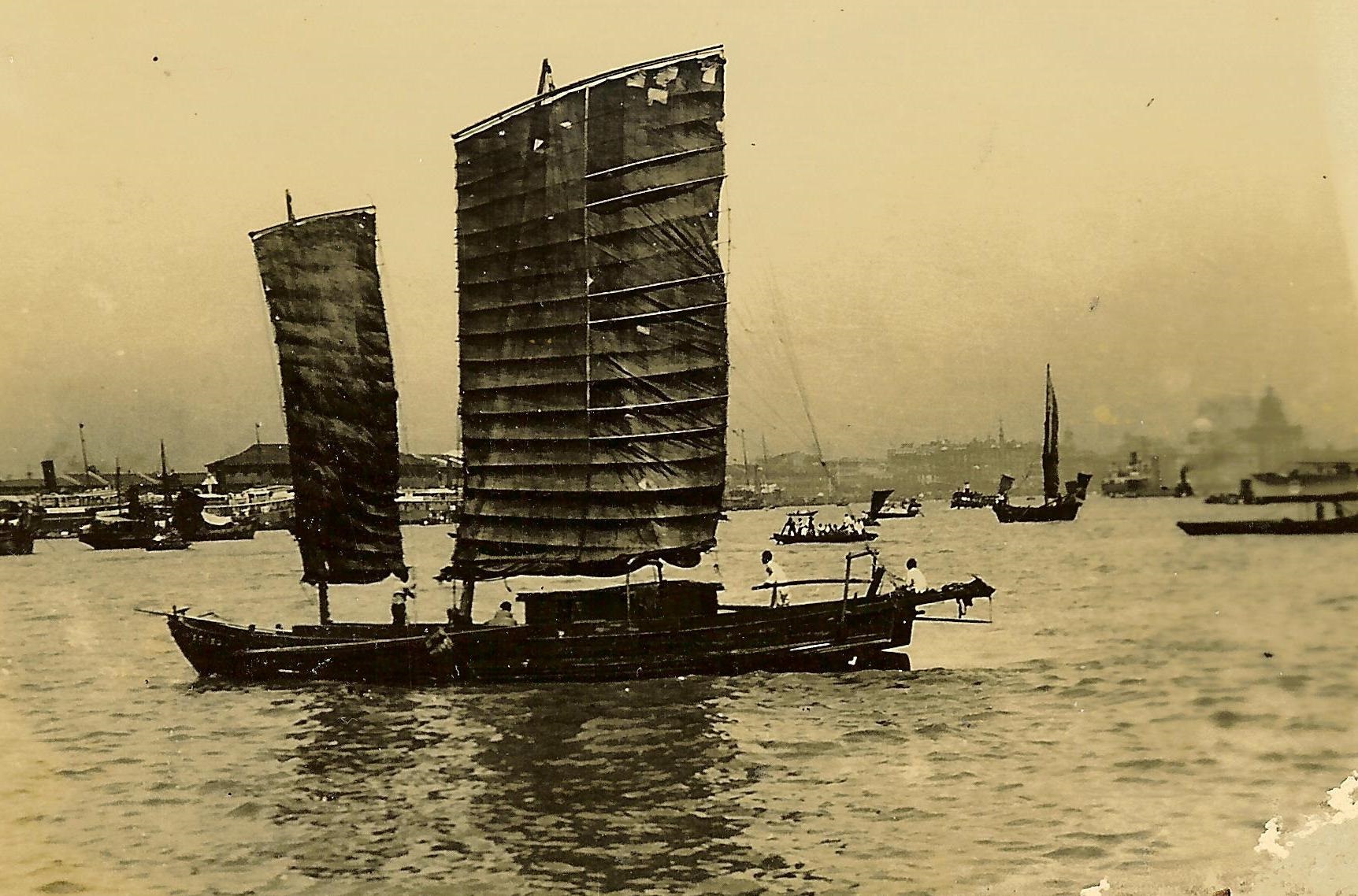
River traffic on the Wangpoo River with the Shanghai skyline in the background

The Princess Tombs, Peking. c. 1938
For views along the Yangtze River click here.